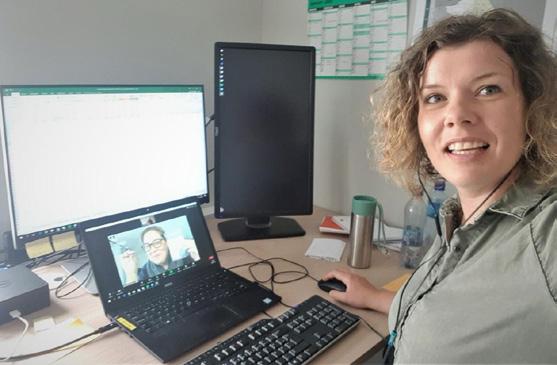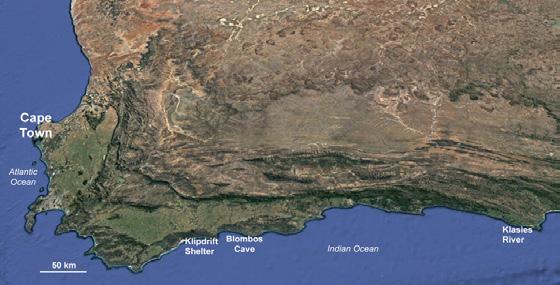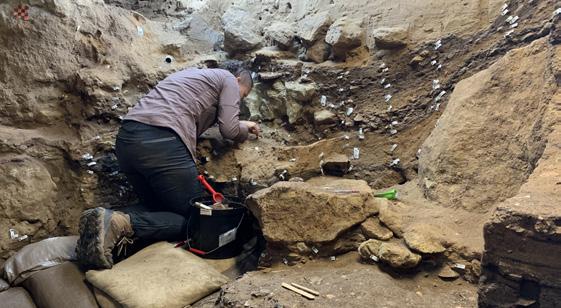OUTREACH 41
PINT OF SAPIENCE – SCIENTIFIC OUTREACH THROUGH THE FIRST PINT OF SCIENCE FESTIVAL IN NORWAY From September 7-9th, 2020, Norway hosted its first series of presentations as part of the Pint of Science (PoS) festival. PoS began in 2012 in the United Kingdom, and has since become a global science festival encouraging scientists to share their research with the public in their local pub, bar, café, or other public space. The goal is to foster science in a fun and lighthearted setting and encourage public interaction and scientific dissemination within the larger community. In 2019, PoS reached thousands of researchers across 400 cities in 24 different countries. Due to the Covid-19 pandemic, many of the events switched to a virtual format in 2020, which, though less than ideal, allowed talks to be watched live and recorded for the PoS YouTube channel. Two post-doctoral researchers from SapienCE; Dr. Larissa Mendoza Straffon and Dr. Elizabeth Velliky, presented backto-back as part of a session entitled “Anthropology & Life from Earth to Mars.” Larissa began the session with her talk “The Prehistory of Art” where she explored the origins of
art-making in our hominin lineage. During Larissa’s talk, she argued against the perspective that art suddenly appeared around 30,000 years ago and showed that visual art practice in our species began much earlier than was previously believed. Much of the key evidence for Larissa’s argument comes from Blombos Cave and Klipdrift Shelter, SapienCE archaeological sites, which have yielded some of the earliest evidence for visual artistic practices, such as numerous shell beads dating to 75,000 years ago and a 100,000-yearold “ochre toolkit”. Elizabeth Velliky spoke next, giving a presentation entitled “The past isn’t black & white: the role of colour in the story of humans” in which she discussed the function of colouring materials, and more specifically red ochre, in human cultural evolution. Thousands of collected and transported red ochre pieces have been found from Blombos Cave and Klipdrift Shelter. Elizabeth showed that studying these materials can illuminate past symbolic, cognitive, and artistic processes during periods of rapid cultural complexification. Both talks, as well as those from other PoS sessions, can be seen on YouTube (see QR code).





















